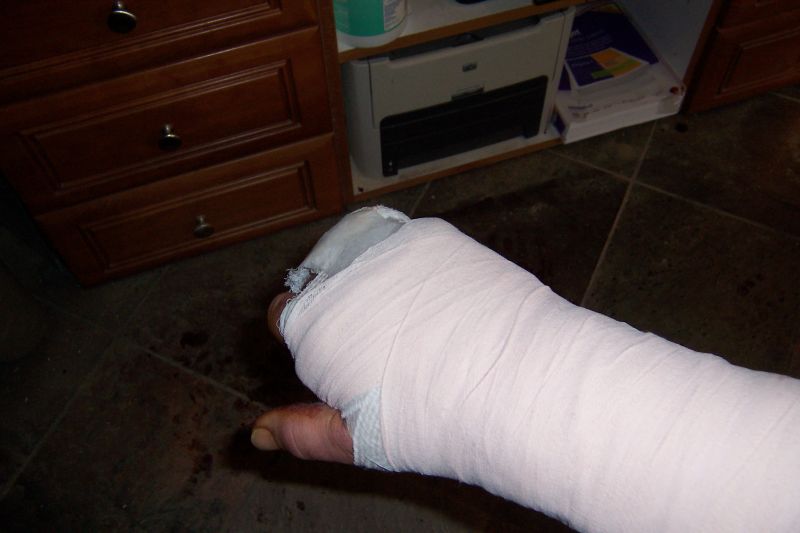False Mullions for Glass Cabinet Doors
Mullions laid over full-size glass doors are a tricky detail. Here are some tips on shaping, joining and attaching the pieces. December 30, 2005
Question
Iíve got a lot of glass cabinet doors. I have a 1-1/2 man well-equipped shop. I use a sliding table shaper to do my copes and a sizing fence for my pattern cuts. How are you connecting the mullions for glass doors, without special tooling that the door/drawer companies have?
Forum Responses
(Cabinetmaking Forum)
From contributor A:
I cope them in, just like a rail. Boring for a single dowel prior to coping helps too.
From the original poster:
I forgot to add that my question pertains to full glass, not individual panes
From contributor A:
I have never done that, but you must be talking about false mullions that lay against the outside of the glass. I would still adjust the cope cutter to cope the mullions and muntins for the profile that lies above the plane of the glass rabbet. Depending on how thick the mullion would be, I might try to pre bore for a small diameter dowel and then run the cope.
From contributor B:
I use Super Glue. I then attach the frames and false mullions to the glass with foam tape.
From contributor C:
I use hot melt polyurethane glue. Then I glaze the glass in with clear silicone.
From the original questioner:
Hereís the second part of my question:
1. How do you remove or setup the mullion stock so it's 3/8" thick when finished?
2. How do you attach the mullions to the frame, and each other (i.e. cope, glue, staple, mystery joint)?
From contributor C:
I have a Weaver 3 shaper system. Here's my process:
1. Assemble a frame as usual.
2. On my sticking shaper I run a piece of 1-1/8" stock through, change the sticker guide, and run the other side through. I have to feed it by hand because it's too narrow for the feeder.
3. I carefully cut the back side off by running it through the table saw on edge.
4. I measure and cut the vertical pieces. Coping the ends is the challenge. I ran the edge of a 4 x 6 inch block through my tenoning shaper so I can place my mullions inside the groove to help hold it in my pneumatic tenoning jig.
5. From there, it's just measure and cut until you're done. To hold it all together, I use the Franklin HiPerformer glue system. It's hot melt poly glue that sets up in just a few seconds.
6. Once it's all done, I flip the door over and remove the excess from the back with a special laminate trimming bit made for removing laminate over a shallow dado. Unlike a regular laminate bit, it has a very thin guide on the bottom. You can get them from Whiteside router bits.
It's a pain to make them, but it works well for me. Hopefully you can adapt it for your machines. I had a $700 set of glass cutters made for my machines but I don't use them because of the setup time. The process I described involves little to no setup.
